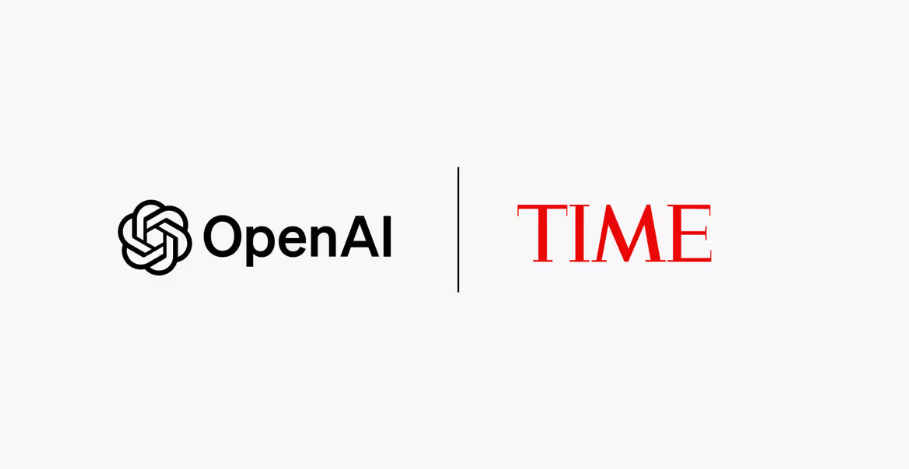OpenAI, a pioneering entity in the realm of artificial intelligence research and application, has embarked on a groundbreaking partnership with Time Magazine, one of the world’s most influential and longstanding news publications.
This collaboration is poised to blend the innovative capabilities of AI with the rich editorial legacy of Time Magazine, aiming to redefine how stories are told and consumed in the digital age.
– Time magazine announced a multi-year content deal with OpenAI on Thursday.
– The partnership will incorporate Time’s reporting into OpenAI’s products, including the chatbot ChatGPT.
– OpenAI will access Time’s current reporting and historic archives from its 101 years as a weekly news magazine.
What is the OpenAI strategic partnership with Time Magazine?
Time will utilize OpenAI technology to develop new products for its readers.
Time Chief Operating Officer Mark Howard emphasized the magazine’s history of innovation and the partnership’s goal to expand access to trusted information globally.
– OpenAI inquiry responses will include citations and links to the original sources on Time.com. OpenAI Chief Operating Officer Brad Lightcap expressed intent to support reputable journalism and provide proper attribution.
– The partnership follows a similar content-licensing deal between News Corp and OpenAI, involving content from the Wall Street Journal and New York Post.
Copy Right Infringement issues facing Open AI.
Last year, the New York Times sued OpenAI and Microsoft for copyright infringement, alleging misuse of millions of articles to train ChatGPT.
Several other media outlets, including The Intercept, Raw Story, and AlterNet, have also filed lawsuits against OpenAI.
The alliance between OpenAI and Time Magazine represents a fusion of cutting-edge technology with journalistic excellence.
As OpenAI continues to push boundaries in natural language processing and machine learning, its tools offer unprecedented opportunities for enhancing content creation, personalization, and audience engagement.
By integrating these advanced AI technologies into its operations, Time Magazine seeks to elevate its storytelling prowess, providing readers with deeper insights and more interactive experiences.
At the heart of this partnership lies a shared vision: leveraging AI not merely as a tool for efficiency but as an enabler of creativity and innovation in journalism. OpenAI’s sophisticated models can assist journalists by automating routine tasks such as data analysis or summarization while also offering new avenues for investigative reporting through predictive analytics.
Apples Partnership with OpenAI, is it conflicting of interests?
Conversely, Time Magazine’s vast repository of historical content provides a unique testbed for refining AI algorithms.
Apple’s pursuit of AI can be traced back to its early endeavors with Siri, the voice-activated personal assistant introduced in 2011. Since then, Apple has continually refined Siri’s capabilities, leveraging machine learning algorithms to improve accuracy and responsiveness.
In essence, this collaboration signifies more than just technological integration; it marks a transformative step toward redefining modern journalism’s future landscape.
This begs the question does Open AI have a Monopoly on Data?




